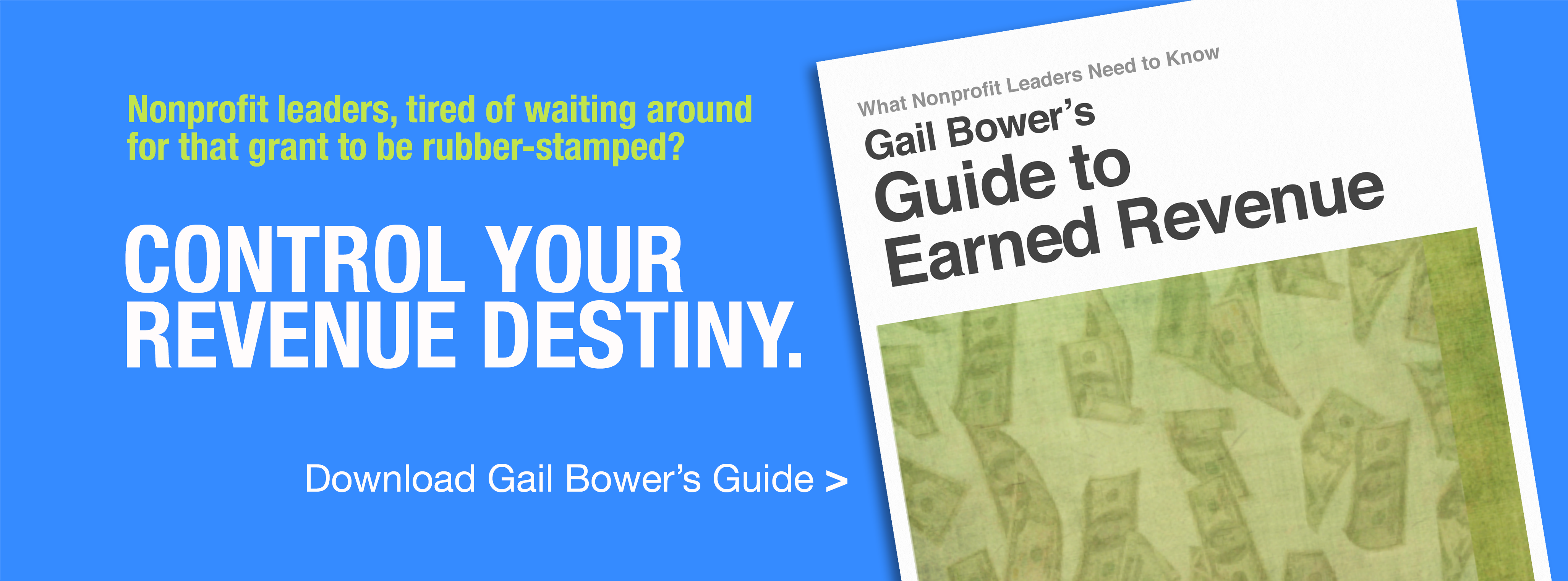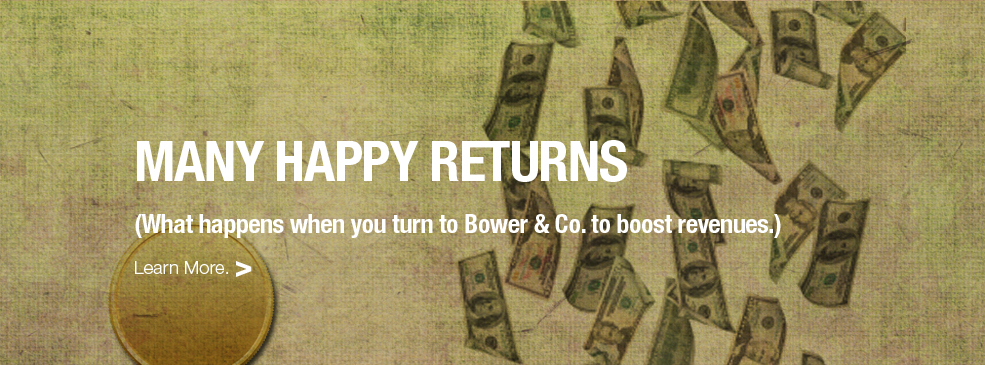Sponsorship habits that might be holding you back
Let’s start with three habits. See if any resonate. And if you want to understand how to overcome them, read on.
Habit #1 Calling everything 'corporate sponsorship'
Every nonprofit leader wants “corporate sponsors.” However, when we drill down to learn more about what an organization really has to offer, their value might not have anything to do with sponsorship.
For example, if you’re selling Gold, Silver, and Bronze packages, with a modicum of “recognition” to any corporation in your community—and most are defaulting to “Bronze”—you’re more likely in the terrain of a corporate gift.
Or, if you’re helping companies build team engagement through your volunteer program, that’s not sponsorship either.
Why it matters: It may sound like I’m splitting hairs. The truth is there is a range of ways you can collaborate with corporations, each with its own drivers and decision makers. If you’re attempting to sell a corporate representative in the marketing department about “sponsoring” your gala by buying a table, they will send you elsewhere. Or won’t return your call.
You have to know what you have to offer, who buys it, and why to create more focus and momentum in your efforts.
Habit #2 Looking for any corporation
I have had countless conversations with nonprofit leaders and development officers on a mission to reach out to every corporation in their community to explore sponsorship. “Every corporation” is not your prospect list.
You need to be much more targeted, otherwise you will be spinning your wheels.
And not going anywhere.
Imagine you needed surgery and thought, “I have to call a nonprofit.”
Why it matters: Corporate sponsorship maybe a source of revenue for your nonprofit, but it is a very powerful marketing medium for corporations. They leverage corporate sponsorship—or any marketing medium—to create a certain result.
Take the luxury automotive sponsor I worked with years ago. They’d recently changed their manufacturing process, using less expensive pieces and parts for the car, while still committed to design and safety. The strategy reduced the cost of their car.
Here’s the challenge. How exactly does a luxury brand communicate that their product is, well, cheaper?
Certainly not through those screaming TV spots to “come on down and take a test drive.”
Instead, this brand used sponsorship to surprise and delight audiences at the festival where I was a producer to attract new customers.
And it worked.
Before you begin the work of approaching prospective sponsors, be clear what value you offer and which corporations would find it most appealing.
Habit #3 Ringing the sponsorship dinner bell
Sending out mass emails inviting everyone to be a sponsor of your organization’s event is also largely a waste of energy.
And judging by the number of emails my firm receives, I can’t imagine how many corporations receive.
Casting a wide net by sending email blasts is ineffective. It leaves the impression that an organization is ringing a dinner bell, and sponsors will just come running.
If only.
Why it matters: Instead, sponsorship business development is a complex sale. That means:
- It takes time—think 9 to 12 months before you start marketing your event
- It requires trust
- It demands relationship
- It’s nuanced so that both your goals and your sponsors’ are met
- It’s highly creative
- It means copious details
- It will unfold with ups and downs and negotiation
Rather than focus your email marketing efforts on selling sponsorship, market your event. Then take a focused approach with your sponsorship sales.
As a nonprofit leader—CEO, Executive Director, Development Officer, or Board member—you’re super busy with so much on your plate.
I get it that going this deep on sponsorship is unlikely on your radar.
However, that’s what sponsorship success requires.
And that’s why clients bring me in—to help them cut through the everyday activity and confusion to help them focus on the best strategy so they can acquire sponsors.
If you could use assistance to see where your organization’s habits may be undermining your goals, let’s chat. This fall I’m offering a new assessment and advisory service, called SponsorView, that provides you with insights about where you have opportunity and what it will take to cultivate it.
This fall I’m offering a new assessment and advisory service, called SponsorView, that provides you with insights about where you have opportunity and what it will take to cultivate it.
If developing five- and six-figure sponsorship opportunities is among your goals this year and you’d like to learn more, please schedule a call so we can get acquainted.










 August 1, 2023
August 1, 2023
Reader Comments